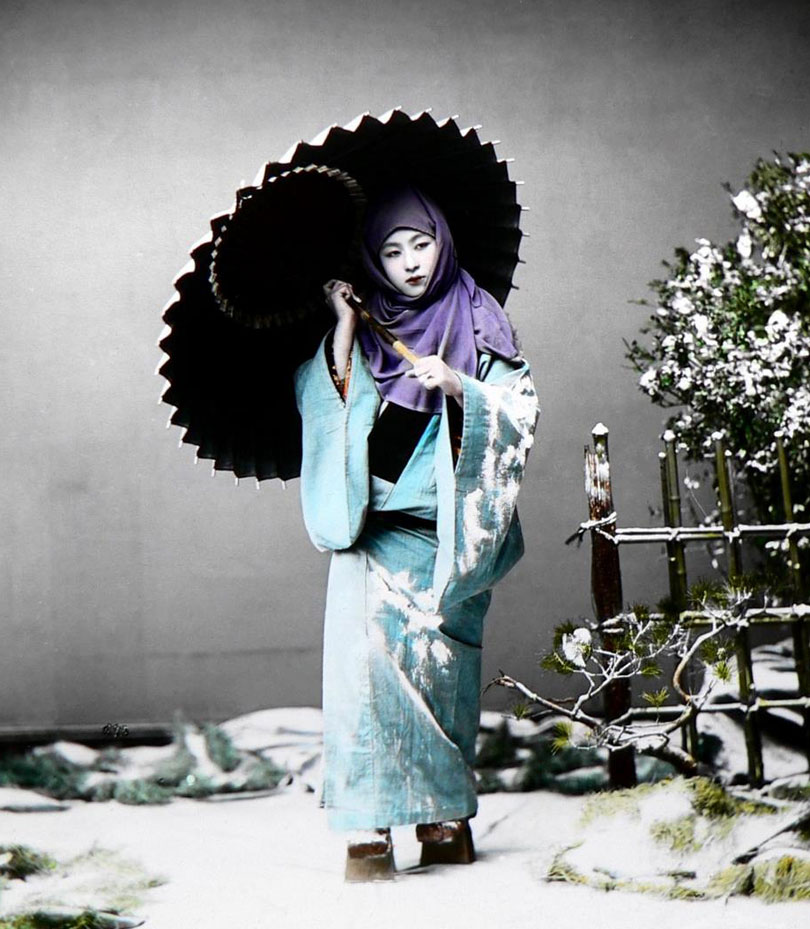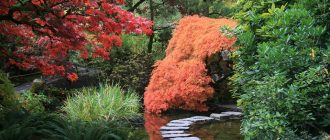Interested in the development of art deco in Japan? Get the facts about Japanese art deco which revolutionized the stagnant traditions of the country.
The Japanese art deco movement was a breakaway from the conventional form of art practiced throughout the changing centuries. This was the role that art deco played in most of the other places where it sprung up. Art deco began to create ripples in the world of art after 1925.
The movement focused on making art that was commercially viable. But naturally such a concept was in line with the capitalist philosophy. With improvements in means of mass communication Japanese art deco was able to reach out to other parts of the world where it received utmost appreciation from art critics and collectors.
Art Deco was a shift towards modernity. It was a much welcomed transition from the traditional fine arts that were practiced in Japan before the First World War. The Japanese artists of the time strived to capture the image of modern life as well as the rapid progress that was taking place around the world. Japanese artists even used art deco to put forward their national identity and meanings. They did this by using native decorative elements as well as subject matter.
The influence of Japanese art deco could be seen in the cityscape in general as well as the homes of the wealthy people of society. Most of the recreational facilities and pleasure places of the time were also loaded with art deco. This included places like hotels, cinemas and night clubs. The desires of the new generation seemed to be represented by Japanese art deco. Glamour, fun and fantasy was the message that much of the Japanese art deco portrayed.
Japan underwent a dramatic transformation during the inter war period. The development of an urban culture started to take place as cities like Tokyo sprung up with places like cafes, cinemas and stores. The very cultural identity of Japan was experiencing a transition between modernity and tradition. The East meets West phenomenon was coming into play. Art Deco with its Asian touch was at the time very appealing to the masses.
Massive reconstruction took place in Japan after the big earthquake that shook the capital to the ground. The reconstructed capital was studded with many art deco buildings in 1923. The art deco style was considered to be the ideal choice for a progressive nation. It gave the cityscape a modern yet sophisticated touch. This was a real big change for Japan at the time and it actually opened the gates for further innovations to take place.
Japanese art deco generated a lasting impact on the culture of Japan. The graphic relics of the 1920s and 1930s display the style that was being explored at the time. Particular works of art in metal, ceramic and lacquer serve as great examples of Japanese art deco of that time.
It can rightly be said that it was the Art Deco movement that brought the first real big change in traditional arts of Japan. From there onwards followed a series of innovations and experimentations that totally fused Japanese traditional art with modern trends.





